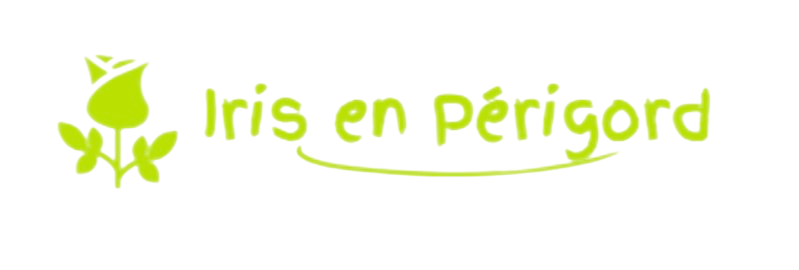1. TB (Tall Bearded).
These are irises higher than 71 cm. These are the bearded irises most frequently present in our gardens. However, they now feature a multitude of colors, color combinations and much more opulent shapes than in the past.
2. BB (Border Bearded).
Their size varies between 40 and 70 cm. They are distinguished from the tall bearded ones by their slightly smaller flowers, but their flowering is synchronous.
3. IB (Intermediate Bearded).
Fruits of crosses between tall bearded and standard dwarfs, these irises, whose flowering period shortly precedes that of border bearded irises and tall bearded irises, have a size between 40 and 70 cm.
4. SDB (Standard Dwarf Bearded).
These small irises, whose flowering occurs almost a month before that of the tall bearded irises, have a size between 21 and 40 cm.
5. AB (Arilbred).
Arilbreds are the result of crosses between bearded irises and aril irises (oncocyclus, regelias). Their cultivation is not too difficult as long as they are planted in well-drained soil and have maximum sunshine in summer. Their flowering is synchronous with that of intermediate irises.
6. MTB (Miniature Tall Bearded), table iris.
These are bearded irises whose size is between 40 and 70 cm. Their almost miniature flowers located at the top of the stem allow them to be used in bouquets, hence their name table iris.
7. R , REBLOOMERS.
These are varieties that bloom again once or even several times from the end of summer to the beginning of winter depending on climatic conditions. Their flowering is less spectacular than in May and they only represent a minority. They are found in all the categories above.
